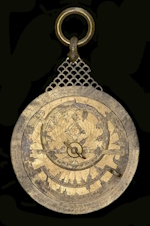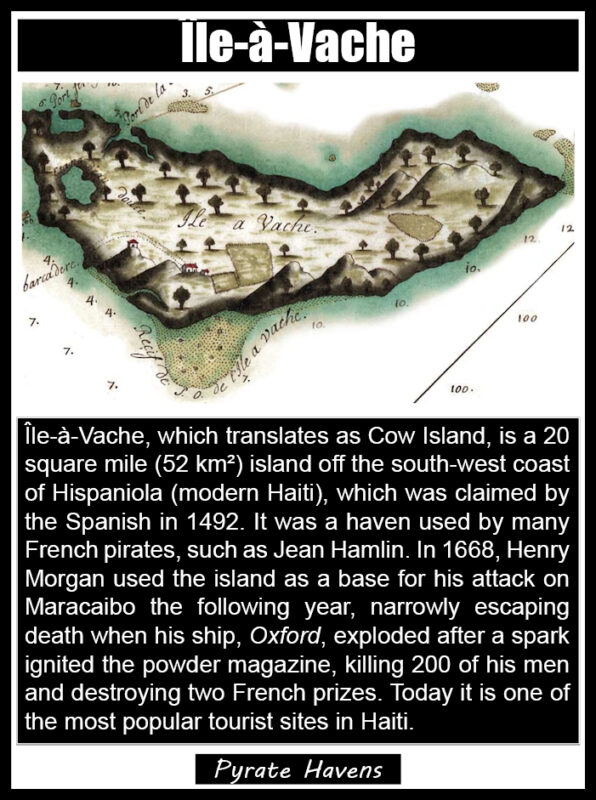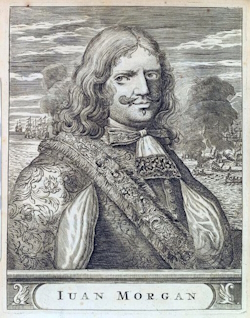A Cruising Voyage Round the World by Woodes Rogers (Introduction by G. E. Manwaring)
 A Cruising Voyage Round the World by Captain Woodes Rogers. With Introduction and Notes by G.E.Manwaring. Woodes Rogers (c. 1679 – 15 July 1732) was an English sea captain and privateer and, later, the first Royal Governor of the Bahamas. He is known as the captain of the vessel that rescued marooned Alexander Selkirk, whose plight is generally believed to have inspired Daniel Defoe’s Robinson Crusoe. Rogers came from an affluent seafaring family, grew up in Poole and Bristol, and served a marine apprenticeship to a Bristol sea captain. His father held shares in many ships, but he died when Rogers was in his mid-twenties, leaving Rogers in control of the family shipping business. In 1707, Rogers was approached by Captain William Dampier, who sought support for a privateering voyage against the Spanish, with whom the British were at war.…
A Cruising Voyage Round the World by Captain Woodes Rogers. With Introduction and Notes by G.E.Manwaring. Woodes Rogers (c. 1679 – 15 July 1732) was an English sea captain and privateer and, later, the first Royal Governor of the Bahamas. He is known as the captain of the vessel that rescued marooned Alexander Selkirk, whose plight is generally believed to have inspired Daniel Defoe’s Robinson Crusoe. Rogers came from an affluent seafaring family, grew up in Poole and Bristol, and served a marine apprenticeship to a Bristol sea captain. His father held shares in many ships, but he died when Rogers was in his mid-twenties, leaving Rogers in control of the family shipping business. In 1707, Rogers was approached by Captain William Dampier, who sought support for a privateering voyage against the Spanish, with whom the British were at war.…

 In the 14th century Edward III (1327-1377) attempted to set up how admiralty courts should deal with piracy in A Remedy where a Merchant’s Good be robbed or perished on the Sea, but these were rather vague laws and there was often the problem of overlapping jurisdictions when dealing with such a crime. It was wasn’t until the reign of Henry VIII (1509–1547) that significant anti-piracy laws were enacted. Originally titled An Act for Pirates and Robbers on the Sea issued in 1535, it was renamed The Offences of Sea Act in 1536.
In the 14th century Edward III (1327-1377) attempted to set up how admiralty courts should deal with piracy in A Remedy where a Merchant’s Good be robbed or perished on the Sea, but these were rather vague laws and there was often the problem of overlapping jurisdictions when dealing with such a crime. It was wasn’t until the reign of Henry VIII (1509–1547) that significant anti-piracy laws were enacted. Originally titled An Act for Pirates and Robbers on the Sea issued in 1535, it was renamed The Offences of Sea Act in 1536. This device is thought to have been first developed by the ancient Greeks, the term astrolabe meaning ‘star taker.’ It is a primitive inclinometer that calculates the altitude of the sun and stars to determine latitude. An astrolabe can be used for both astronomy and navigation at sea. Elaborate astrolabes can have etchings of how the sky looks at any given time or season. Sailors used this device by lining it up with the sun or a specific star, such as the North Star, in relation to the horizon in order to measure latitude vertically. This helped sailors to determine their location while at sea. Astrolabes came in a variety of shapes, such as a sphere or as flat plates and disks, and were made of metal, usually brass or iron, the former ensuring longevity at sea. A disadvantage was that astrolabes were cumbersome and could be difficult to use on the rolling deck of a ship.…
This device is thought to have been first developed by the ancient Greeks, the term astrolabe meaning ‘star taker.’ It is a primitive inclinometer that calculates the altitude of the sun and stars to determine latitude. An astrolabe can be used for both astronomy and navigation at sea. Elaborate astrolabes can have etchings of how the sky looks at any given time or season. Sailors used this device by lining it up with the sun or a specific star, such as the North Star, in relation to the horizon in order to measure latitude vertically. This helped sailors to determine their location while at sea. Astrolabes came in a variety of shapes, such as a sphere or as flat plates and disks, and were made of metal, usually brass or iron, the former ensuring longevity at sea. A disadvantage was that astrolabes were cumbersome and could be difficult to use on the rolling deck of a ship.…
 Although Henry Morgan is often called a pirate, he was really more of a privateer and soldier, only attacking the Spanish and usually not without a commission. At lot of information about Morgan comes from Alexander Exquemelin, who sailed with him as a surgeon. Most of this information was not very flattering, generally portraying the buccaneer leader in a negative light and accusing him of deeds that were not necessarily true. Among other things, Exquemelin claimed that Morgan was born poor and became an indentured servant in the Caribbean, but he in fact he more likely came from a family of wealthy Welsh farmers. One of his uncles, Edward Morgan, was even Lieutenant Governor of Jamaica. He was born Harri Morgan in about 1635 in either Llanrumney or Pencarn in the then Welsh county of Monmouthshire. His name was first anglicised to Henry when he was knighted in 1674. However, not much else is known about his early life.…
Although Henry Morgan is often called a pirate, he was really more of a privateer and soldier, only attacking the Spanish and usually not without a commission. At lot of information about Morgan comes from Alexander Exquemelin, who sailed with him as a surgeon. Most of this information was not very flattering, generally portraying the buccaneer leader in a negative light and accusing him of deeds that were not necessarily true. Among other things, Exquemelin claimed that Morgan was born poor and became an indentured servant in the Caribbean, but he in fact he more likely came from a family of wealthy Welsh farmers. One of his uncles, Edward Morgan, was even Lieutenant Governor of Jamaica. He was born Harri Morgan in about 1635 in either Llanrumney or Pencarn in the then Welsh county of Monmouthshire. His name was first anglicised to Henry when he was knighted in 1674. However, not much else is known about his early life.…